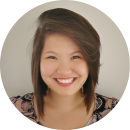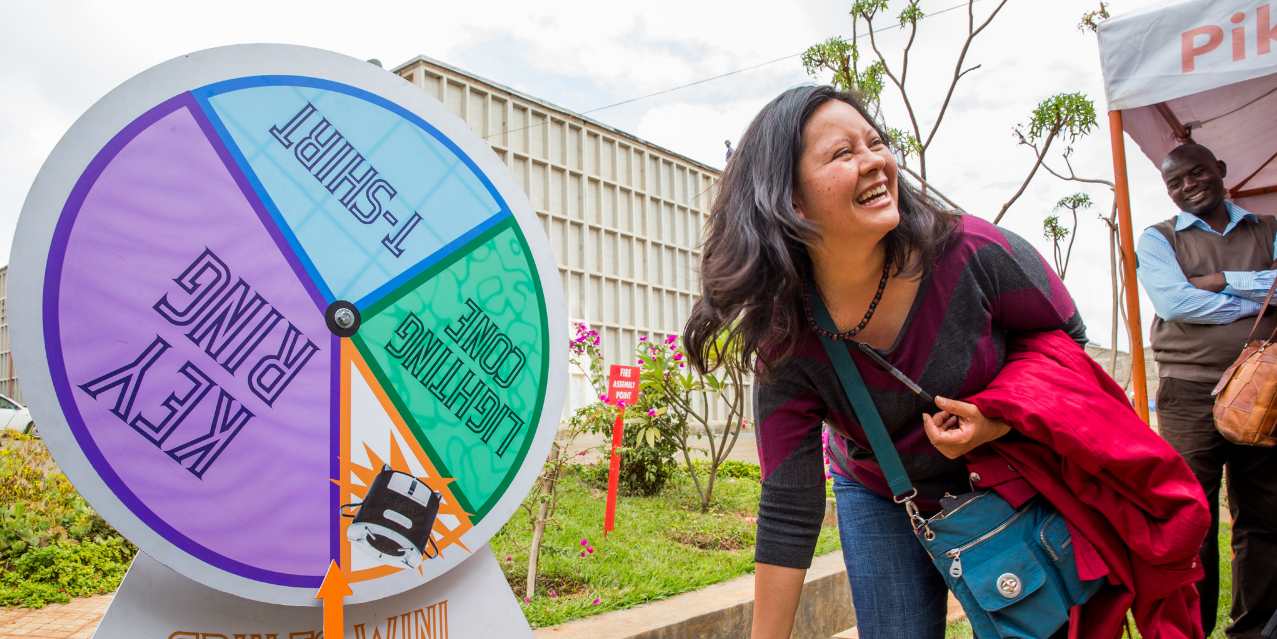Master Innovation
How to: Prototyping–inside an IDEO.org & Acumen Academy course
Learn how prototyping helped these course-takers design a better value proposition with this free Acumen Academy course.
March 23, 2017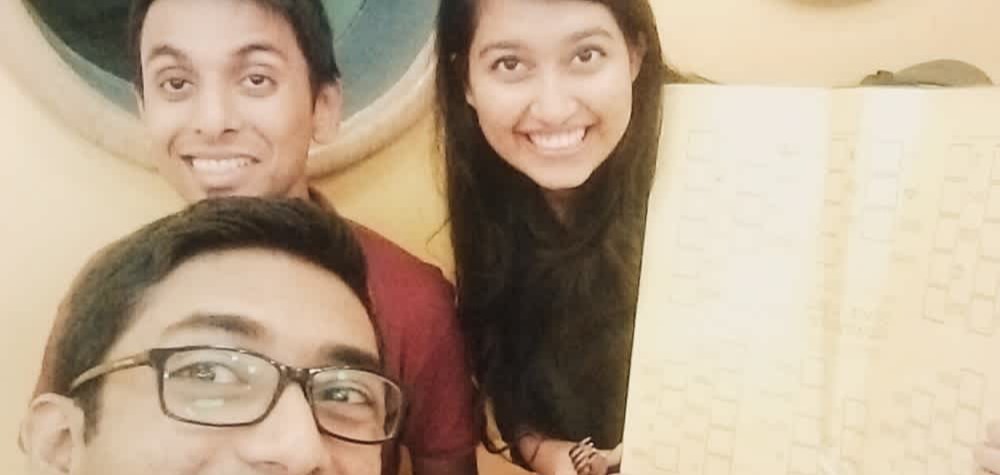
Meet Tahsin Hyder, Sejan Bari, and Raiya Ashraf (Left to Right) – three friends from Dhaka, Bangladesh who share a common curiosity for human-centered design. When we get asked what it's like to take an Acumen Academy course, our usual response is "action packed". But when we came across team Design Submarine in our prototyping class we knew they'd be a good team to bring this concept life.
Recruit a team
Tahsin was a big fan of Human-Centered Design. He was attending as many HCD workshops as he could find in Dhaka. In one of the workshops, he heard about Human-Centered Design 201: Prototyping, and immediately invited his friends.
“We are all really into this” said Raiya, who had recently started working at mPower, a social enterprise using technology to spread social change. Sejan also eagerly joined the team: “I was really excited about the idea of building something tangible, and testing it with real users.”
They individually signed up for the course, and registered as a team. Design Submarine was born.
Class 1: Make it real – prototype a product

After a brief introduction, the team jumped straight into a warm-up activity that involved markers, scissors, and lots of post-it notes. In just 10 minutes, they were instructed to build their ideal travel kit. No lectures. No textbooks. Learning by doing is central to understanding the fundamentals of prototyping and a key theme across all Acumen Academy courses.
Start with an idea
For the following 90 minutes, the team was guided through a three-step process to brainstorm, evaluate and chose an idea to build. “We just went through the process, and brainstormed,” Raiya said: “At some point, I shared the story of how I first learned to cross the road, and how till this day, I still use the same method I learned as a child.” The team dove deeper and became more and more intrigued by how kids learn.
“We realized BOARD GAMES could be it. Sharing our personal experiences revealed that certain childhood games helped us develop critical thinking skills, some cartoons were more than entertainment – they taught us about diverse cultures, our climate, even our rights. Why couldn’t we combine the two?” said the team.
Just make it
With the idea still fresh in their mind, the team pulled out their colourful pens and paper, and got right into building their first prototype. They started with building a game to teach children math.
“We based the game on a popular local board game called Ludo, so the kids could play with existing game pieces” said Tahsin. The team identified their customers as children living in slums early on in the design process. Hence, they prioritized keeping the cost of the game low from the start.
Class 2: Build to think
“A second idea was a game that would teach kids how to make social and economic decisions based on value judgement called ‘Get Me My Ice Cream,’” said the team. The course guide introduces different tools that helped to bring this idea to life.
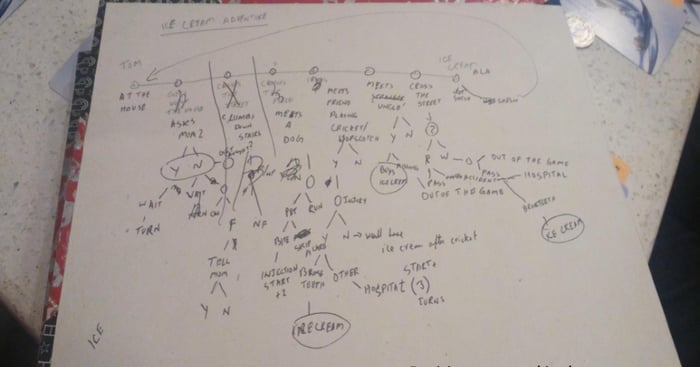
Journey mapping is one of them.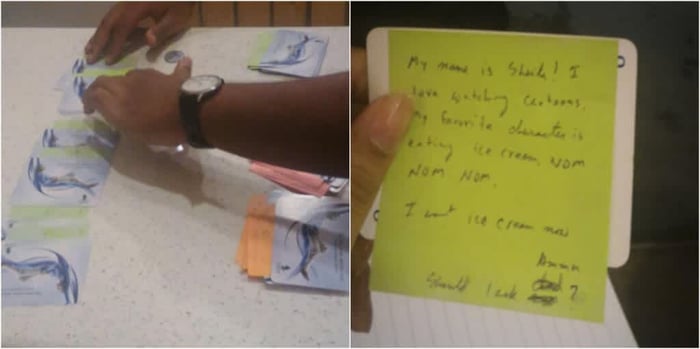
Prototyping is all about quick iterations. The team used an existing deck of cards, and simply taped notes on the back with instructions for their first prototype. This allowed them to see their ideas come to life quickly, and make changes even faster.
Step into the experience
Another helpful, and fun tool is Role Play. “We had to test the game on ourselves first.” – Tahsin said with a smile.
In the final portion of both classes, each team member was instructed to give their feedback. “It was my favorite part of the project,” Raiya said. “I enjoyed the process we took together to turn this idea into a reality, and giving each other honest and constructive feedback along the way.”
Class 3: Plan for field test
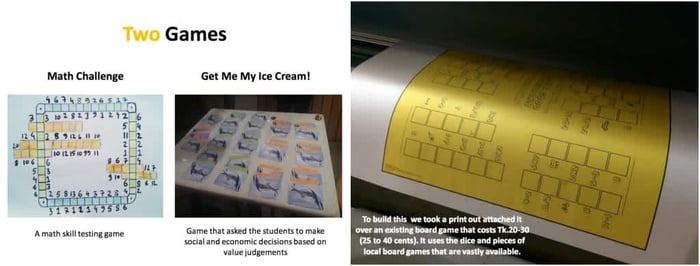
The team ended up with two games, but ultimately incorporated elements from both to create a new master game board.
“We needed to find real users.” Tahsin reached out his friends at Teach for Bangladesh, a nationwide movement to expand educational opportunity for all children in Bangladesh. The teachers happily agreed to let the team test the game in their classrooms. They were interested to see how this may enhance the learning experience for the kids.
Class 4: In the field – Real user feedback
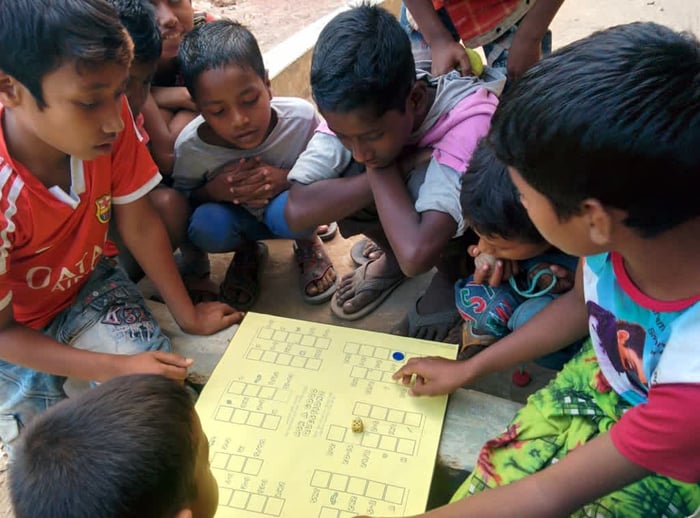
“I wanted to see what would happen if I just leave the game with them, and not give any explanation,” Tahsin said. Because the game was based on an existing local game, he saw that kids were able to figure out the rules fairly quickly on their own.
They collected direct feedback from the children, including some surprising insights. The game incorporated both numbers, English vocabulary and icons that depicted various objects. “We didn’t give the choice of icons too much thought because we are so familiar with them,” said Raiya “but the children did not recognize them.”
Sejan explained: “For example, we had an image of a draw-bridge. The kids simply did not know what it was. If they had never left the slum, they would have never seen a draw bridge. We realized that we needed to incorporate elements from their surroundings, things that they are already familiar with.” This was a key insight they might have missed if they hadn’t prototyped the game first.
Bonus
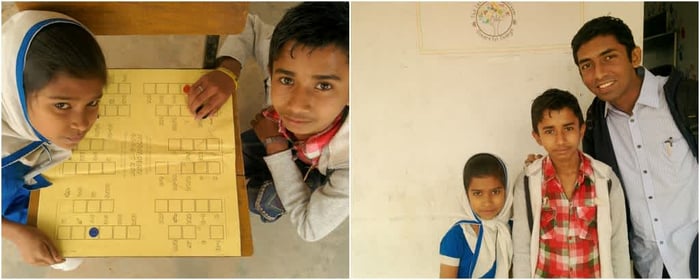
And that was when the course ended.
But the team didn’t stop there. They iterated on their product based on the feedback, and went back to a different classroom for a second round of user testing.
Reflection
Reflecting on their experience, Tahsin, Sejan and Raiya have applied their newly-learned skills in different ways. Sejian, a technical writer at a technology firm – providing services for disabled populations – gained a deeper understanding of what it means to design with the end user in mind. Raiya found hands-on applications for her work, mPower; while Tahsin decided to join the University of Illinois in Chicago to pursue a Master’s Degree in design.


Prototyping for learning
Design Submarine’s experience illustrates the creativity and knowledge that can come from following the HCD process. They started with the user in mind, and debunked their own assumptions one prototype at the time.
If you would like to see what others are up to in our Design Kit Series, you can sign up to the next session of Introduction to Human-Centred Design.
